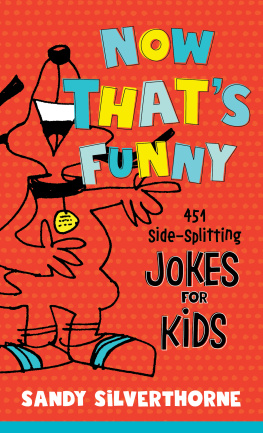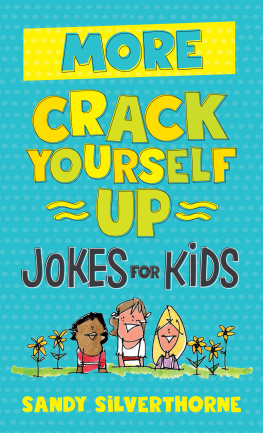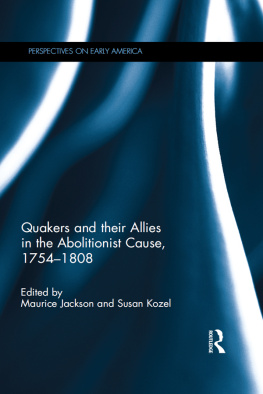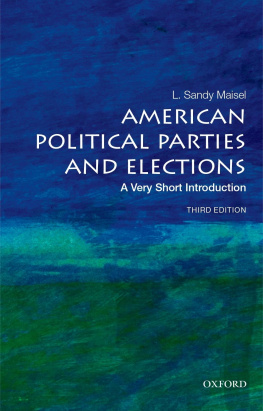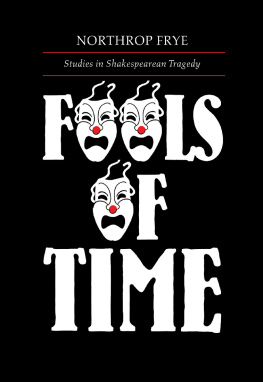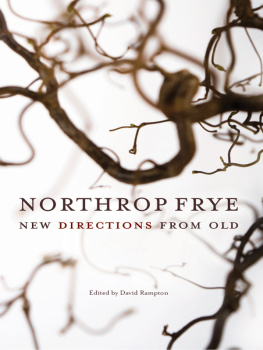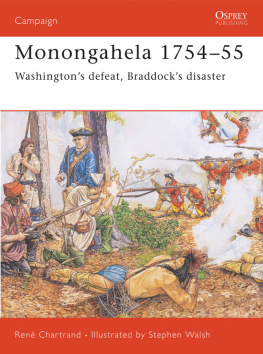Northrop Sandy - American political cartoons: from 1754-2010
Here you can read online Northrop Sandy - American political cartoons: from 1754-2010 full text of the book (entire story) in english for free. Download pdf and epub, get meaning, cover and reviews about this ebook. City: New Brunswick;N.J;USA, year: 2010;2017, publisher: Routledge;Transaction Publ, genre: Politics. Description of the work, (preface) as well as reviews are available. Best literature library LitArk.com created for fans of good reading and offers a wide selection of genres:
Romance novel
Science fiction
Adventure
Detective
Science
History
Home and family
Prose
Art
Politics
Computer
Non-fiction
Religion
Business
Children
Humor
Choose a favorite category and find really read worthwhile books. Enjoy immersion in the world of imagination, feel the emotions of the characters or learn something new for yourself, make an fascinating discovery.

- Book:American political cartoons: from 1754-2010
- Author:
- Publisher:Routledge;Transaction Publ
- Genre:
- Year:2010;2017
- City:New Brunswick;N.J;USA
- Rating:4 / 5
- Favourites:Add to favourites
- Your mark:
- 80
- 1
- 2
- 3
- 4
- 5
American political cartoons: from 1754-2010: summary, description and annotation
We offer to read an annotation, description, summary or preface (depends on what the author of the book "American political cartoons: from 1754-2010" wrote himself). If you haven't found the necessary information about the book — write in the comments, we will try to find it.
American political cartoons: from 1754-2010 — read online for free the complete book (whole text) full work
Below is the text of the book, divided by pages. System saving the place of the last page read, allows you to conveniently read the book "American political cartoons: from 1754-2010" online for free, without having to search again every time where you left off. Put a bookmark, and you can go to the page where you finished reading at any time.
Font size:
Interval:
Bookmark:
American
Political Cartoons
The evolution of a National Identity, 1754-2010
Political Cartoons
The evolution of a National Identity, 1754-2010
Stephen Hess and Sandy Northrop
with a new chapter by the authors

Originally published in 1996 by Elliot & Clark Publishing
Published 2011 by Transaction Publishers
Published 2017 by Routledge
2 Park Square, Milton Park, Abingdon, Oxon OX14 4RN
711 Third Avenue, New York, NY 10017, USA
Routledge is an imprint of the Taylor & Francis Group, an informa business
Copyright 2011 by Stephen Hess and Sandy Northrop.
All rights reserved. No part of this book may be reprinted or reproduced or utilised in any form or by any electronic, mechanical, or other means, now known or hereafter invented, including photocopying and recording, or in any information storage or retrieval system, without permission in writing from the publishers.
Notice:
Product or corporate names may be trademarks or registered trademarks, and are used only for identification and explanation without intent to infringe.
Library of Congress Catalog Number: 2010025038
Library of Congress Cataloging-in-Publication Data
Hess, Stephen.
American political cartoons : from 1754-2010 / Stephen Hess and Sandy Northrop.
p. cm.
Originally published: Montgomery, Ala. : Elliott & Clark Pub., 1996.
Includes bibliographical references and index.
ISBN 978-1-4128-1119-4 (alk. paper)
1. Political cartoons--United States--History--19th century. 2. Political cartoons--United States--History--20th century. 3. United States--Politics and government--Caricatures and cartoons. 4. American wit and humor, Pictorial. I. Northrop, Sandy, 1947-II. Hess, Stephen. Drawn & quartered. III. Title.
NC1425.H47 2010
320.9730207--dc22
2010025038
ISBN 13: 978-1-4128-1119-4 (pbk)

Jeff Danziger, Christian Science Monitor, circa 1990.
The Birth of a National Identity:
1754 1865
The Rise of the American Cartoon:
1865 1896
The Cartoon Comes of Age:
1896 1918
The Art of Uncertainty:
1918 1947
The Cartoonist Versus the Television:
1947 1974
Coming Full Circle:
1975 1996
Cartooning at a Crossroads:
1997 2010
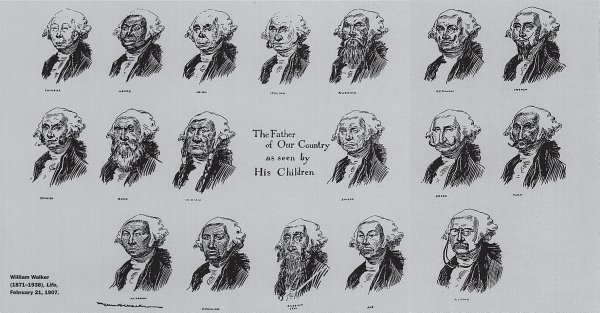
STOP THEM DAMN PICTURES, demanded William M. Tweed of his cohorts. I dont care so much what the papers write about me. My constituents cant read. But, damn it, they can see pictures.
Boss Tweed was head of Tammany Hall, the political machine that had run the city of New York since 1789. His outburst was inspired by a cartoon in the August 19, 1871, issue of Harpers Weekly, in which he and his three chief croniesPeter B. Brains Sweeny, Richard B. Slippery Dick Connolly, and New York Mayor A. Oakey O.K. Hallare shown pointing to one another in response to the question Who stole the peoples money? Their theft from the citys treasury was estimated at $200 million.
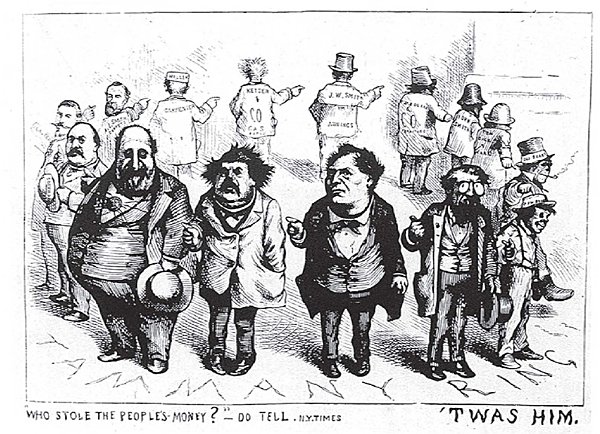
Thomas Nast (1840-1902), Harpers Weekly, August 19, 1871.
Tweed wanted to stop the cartoons of Thomas Nast, who for four months had been drawing a scathing series attacking him. A Tammany henchman was sent to Nasts home with an offer of $100,000 to study art in Europe.
Do you think I could get two hundred thousand? asked the $5,000-a-year artist.
Well, possibly....You have a great talent.
Curious to see how high a price his talent could command, Nast told biographer Albert Bigelow Paine he bid up Tweeds emissary to a half-million dollars. Then, he cut off the negotiations. I dont think Ill go to Europe, he said. Nasts subsequent campaign against the Tweed Ring, the most incisive in the history of American political cartooning, receives greater attention later in our story. But the result sets the stage for a look at the political cartoons role in the American democratic dialogue.
On July 1, 1876, after five years of Nasts cartoons had brought Tammany Hall corruption to the attention of the city, he pictured Tweed in a prison-stripe suit holding two street urchins by their collars. The cartoon suggested that Tammany Halls attempt to reform its scandal-riddled administration had consisted of nothing more than arresting the most humble culprits, while the major criminals remained at large. It contained the familiar likeness of Tweed, who had escaped from jail and fled to Spain.
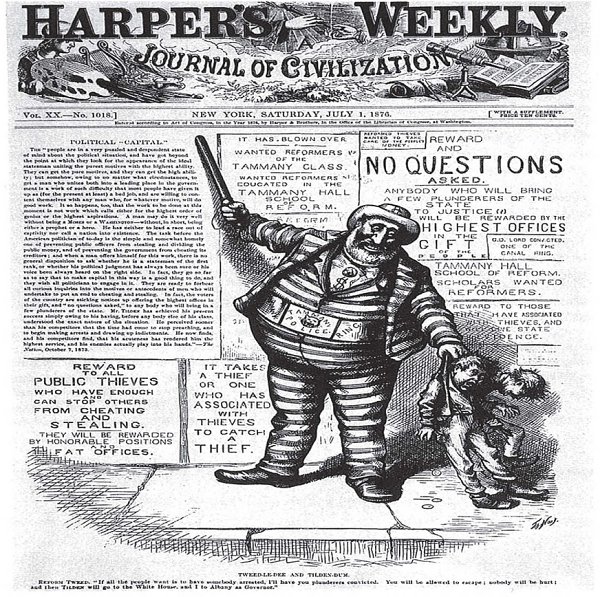
Thomas Nast, Harpers Weekly, July 1, 1876.
Soon after, a cable from Vigo, Spain, stated that Twid had been apprehended for kidnapping two American children. A Spanish official who did not read English had spotted Tweed from the Harpers Weekly cartoon, and, while he assumed the wrong crime, his identification was flawless. Legend has it that Tweeds baggage contained a complete set of the Nast cartoons. Boss Tweed was returned to New York Citys Ludlow Street Jail, where he occupied the wardens parlor at $75 a week. He died there on April 12, 1878.
Nasts crusade against the Tweed Ring remains the tale most often told to reinforce the power of the cartoon. But like many legends, the story is largely apocryphal. Despite the cartoon series enormous popularityHarpers Weekly circulation tripled in 1871it did not bring down New Yorks Democratic Party machine. Tweed actually won reelection and before long Tammany Hall was back doing business as usual. Boss Tweed was no more responsible for the pillage of city funds than his cohorts, but Thomas Nast singled him out because of his physical attributes, stretching Tweeds nose and inflating his belly until the politician took on sinister proportions and thus became a living symbol of corruption.
The mythic power of cartoons has continued to grow since Thomas Nast took on William Tweed, placing the cartoonists role in an exalted position as a standard-bearer for integrity and truth in journalism, as the voice of common sensethe boy revealing that the emperor has no clothes. The cartoonists influence may be illusory but their popularity is not. The way in which they are able to reduce a complex issue to a simple cartoon presented in a tiny boxoften no bigger than three by five incheshas delighted and mystified American readers for nearly two centuries. It has also involved them, if only vicariously, in the political process. Although todays cartoons take many different stylistic forms, they stand out amidst the information glut in newspapers, magazines, television, silently but humorously commanding us to peruse their point of view. Good cartoons are like visual rock and roll, wrote Newsday cartoonist Doug Marlette. They hit you primitively and emotionally. There is something wild and untamed about the best of them, raw and vaguely threatening like Little Richard or Jerry Lee LewisA cartoon cannot say, On the other hand, and it cannot defend itself. It is a frontal assault, a slam dunk, a cluster bomb.
Put todays cartoonists together in a room and you will find a sea of 200 casually clad white males, their ranks interrupted with only an occasional flash of skirt or alternate skin tone. Most cheerfully admit to being social misfits in their early days: a stutterer, nerd, or general adolescent neer-do-well who used his or her quick-draw humor to win friends and gain notoriety. As a child, recalls cartoonist Jules Feiffer, the only thing I wanted to be was grown up. Because I was a terrible flop as a child. You cannot be a successful boy in America if you cannot throw or catch a ball. Many never grew up. Mike Peters of the
Next pageFont size:
Interval:
Bookmark:
Similar books «American political cartoons: from 1754-2010»
Look at similar books to American political cartoons: from 1754-2010. We have selected literature similar in name and meaning in the hope of providing readers with more options to find new, interesting, not yet read works.
Discussion, reviews of the book American political cartoons: from 1754-2010 and just readers' own opinions. Leave your comments, write what you think about the work, its meaning or the main characters. Specify what exactly you liked and what you didn't like, and why you think so.

